Today a couple of antipodes. Not exactly polar opposites, as there’s no pole involved, and they were both very good, so we don’t have opposites in terms of quality. But, our first spot focused in on classic local fare from here in Buenos Aires, while the second dug straight through the globe to Asia. Both were visits with the Roving Ravenous Horde!
El Puentecito (“The Little Bridge”), Vieytes 1895, Barracas. One of those legendary places that somehow or other we’ve never gotten to. We’re talking about a history that goes back to… 1750! At that point, it wasn’t a restaurant, it was what was called a pulperia, sort of a combo general store, with a focus on food, and some pre-prepared food for people to buy and take with them. In 1873, it was converted to a restaurant, and it’s been open as one ever since – 146 years of continuous operation!
About as classic local decor as you can get – a combo of knickknacks and futbol memorabilia.
A very good tortilla española. Not the best one we’ve ever had, but cooked right, with a still gooey interior. Potatoes, chorizo, onions. A touch more salt would have livened it up, but we ate every bite.
They’re famous for their rabas, fried squid rings, and, I think, justifiably so. First off, they’re thick, plump rings of calamari. Instead of being breaded, they’re just dusted in flour and fried to a beautiful gold. Simply served with lemon and salt on the side. Delicious, though slightly uneven in the cooking – while most of the rings were tender, maybe 20% of them were a little rubbery.
Several main courses are touted as their long time specialties, with a party of four of us, we went with two of them (portions are massive). Rabbit cooked in white wine with roasted potato slices. Yum. Yum. Yum.
And, more than one reviewer has touted these folk as offering the best version of Suprema Maryland, the classic fried chicken cutlet with ham, roasted pepper, creamed corn, shoestring potatoes, and a fried banana. You can read the story about this dish on an earlier post of mine. It’s one of the best versions of this dish I’ve had prepared truly traditionally. I still like the version at Gambrinus more, but it’s not classic, substituting German sausage for the ham and french fries for the shoestrings. But either one, any time. Neither of them beat the one at Aquiles, but that’s way too far away to go just for this dish.
Service was friendly and relatively quick. Pricing looks somewhat expensive until you realize that every dish is prepared in a portion for 2-4 people. I’m not even sure there are any individual sized dishes offered on the menu. Appetizers generally run around 300-400 pesos, while main courses hover around the 450-550 peso mark.
Tunneling through to the opposite side of the world puts us more or less in the Yellow Sea, giving us a range of cuisine from China to Korea to Japan, and our next entry manages a bit of each of those, and even more influences. While primarily “modern Japanese”, it does go a bit further afield too.
Tora, Cabello 3788, Palermo – has taken over from Bengal Deli as the new restaurant in the Casa Sur hotel here – I wonder if they’ll be doing the same at the Casa Sur on Callao? Tora literally means tiger. Some of you probably know the famous movie, Tora! Tora! Tora!, which while literally meaning Tiger, Tiger, Tiger, this was radio code in WWII for the Japanese (kind of like Alpha Bravo Charlie), and To-Ra stood for totsugeki raigeki, and essentially meant “lightning attack” or “stealth attack”.
The kitchen is under the charge Maximilliano Matsumoto, who earned his chops during twelve years working with Germán Martitegui at Agraz, Olsen, Casa Cruz, (all now closed, or not under his charge) and Tegui, and then took charge of the kitchens for the Aldo’s wine bar-restaurants. This spot is under the Aldo’s umbrella, but a totally different concept. At dinner there’s a reasonably extensive menu, at lunch, it’s a bit more circumscribed, with just a quartet each of appetizers and main courses, plus two daily specials for a menú ejecutivo. With ten of us at the table, we went for everything except the Korean barbecue spread.
Two notes – I didn’t realize how yellow the lighting was, and a couple of the dishes just didn’t turn out in photos, and even those that were usable are oddly colored. One time that it would have been good to use a flash. Second, I’d tried to come here the week before, and hoped to pay with a debit card as I didn’t have much cash in my pocket. At the time, they told me that the credit card reader wasn’t working that day, so I hadn’t eaten there. The same turned out to be true a week later. Methinks someone just doesn’t want to take credit cards, because if you call up your merchant services provider and tell them the reader isn’t working and you can’t process cards, they’re usually onsite with a new one inside of a few hours, next day at the worst – they want their share!
Starting Japanese, or maybe almost more Nikkei, a tiradito of sea bass with a tomato-based ponzu sauce and fried quinua. We started with two plates of it, and it was so good, we went back for another round later. 270 pesos.
Staying Japanese, a somewhat different version of agadashi tofu – usually a fairly simple block of tempura tofu with dashi. Here, minor tweaks on tradition, making the dashi using a smoked seaweed and a very light, almost paper thin tempura crust. Although not the favorite dish on the table, let’s face it, tofu as a main component is always a little controversial in a group, but I don’t think anyone disliked it. 180 pesos.
I guess, also staying Japanese on the third appetizer, the dumplings, filled with pork and vegetables, lapped with a seaweed infusion and tinged with Japanese mustard. In form and flavor, a little more like Chinese dumplings, but with Japanese touches. Absolutely delicious! 270 pesos.
Veering south, to Thailand and a version of Mee Krob, traditionally fried rice vermicelli with shrimp, tofu, and scallions tossed with a sweet and sour sauce based on a local citrus peel. Here, it’s… Argentine-ized with fried sweetbreads, cabbage, and green onions, and a sauce made from lime juice and fish sauce, and a scattering of peanuts. Quite good! 360 pesos.
On to the main courses… first off, no photos of the Thai style green curry – it was just too dark and out of focus. It’s a “seven flavors” vegetable curry with coconut milk and cashews. It was the other dish that we ordered another round of it was so good. 360 pesos. And, I apparently missed taking a photo of the Korean “gnocchi” dish – using those thick rice noodles that are traditionally tossed with a spicy sauce and lots of onions, and here, treating them like gnocchi – boiling them and then giving them a quick pan saute, with roasted tomato, doenjang (the Korean answer to miso), and a baby goat ragout. My personal favorite dish. 490 pesos.
The kare, Japanese curry, made with lamb instead of the more common pork or chicken cutlet, and topped with yogurt, pomegranate seeds, and broccoli. Quite good! 430 pesos.
Again, we skipped ordering the Korean barbecue – it’s a dish for 2+ people, and comes with all the ban chan, though not the classic “all you can eat” model. It just sounded like both that it would take up too much room on the table, be too hard to pass around to ten people to try, and wasn’t as interesting sounding as the other dishes.
Then, we asked if we could get the two options for the menú ejecutivo served up as just main course dishes, without accompaniments of the menú.
A version of Nasi Goreng, which is basically Indonesian or Malaysian fried rice. It was the least… pretty dish, looking more or less, as you can see, like a bowl of brownish rice topped with some crispy things. I’m used to nasi goreng being packed with meat and vegetables, and colorful. There was a decent amount of chicken, there were vegetables, just very finely chopped rather than in big pieces, and, that round crispy thing on top is a deep-fried egg. It was all very, very beige, and other than the egg, kind of ordinary. While not my favorite, I found it kind of bland, it was a hit with about half the table, so we ended up getting a second one. As a menú, with beverage and dessert, they charge 400 pesos – they knocked it down to 360 for us.
I’m just going to declare this dish the one disappointment of the meal. Dan Dan Noodles are a classic Szechuan dish of noodles tossed in a fiery sauce of chili oil, Szechuan peppercorns, preserved vegetables, minced pork, and scallions. This was… not that. It was almost plain noodles, very little of any sort of sauce, and certainly nothing spicy, tossed with chopped peanuts and chives. Meh.
Interesting to just look, too, at the presentation on the two menú main courses versus the others. It’s not a huge price difference, but it’s almost like these were just thrown together. They don’t have the same finesse, in either flavor or look, of the rest of the dishes. I realize that menues are intended to be quick and easy dishes to let people come and have a fast lunch, but at the same time, they ought to reflect the ethos of the restaurant and the rest of the menu. ‘Nuff said.
There will definitely be a return to sample the more extensive dinner menu!
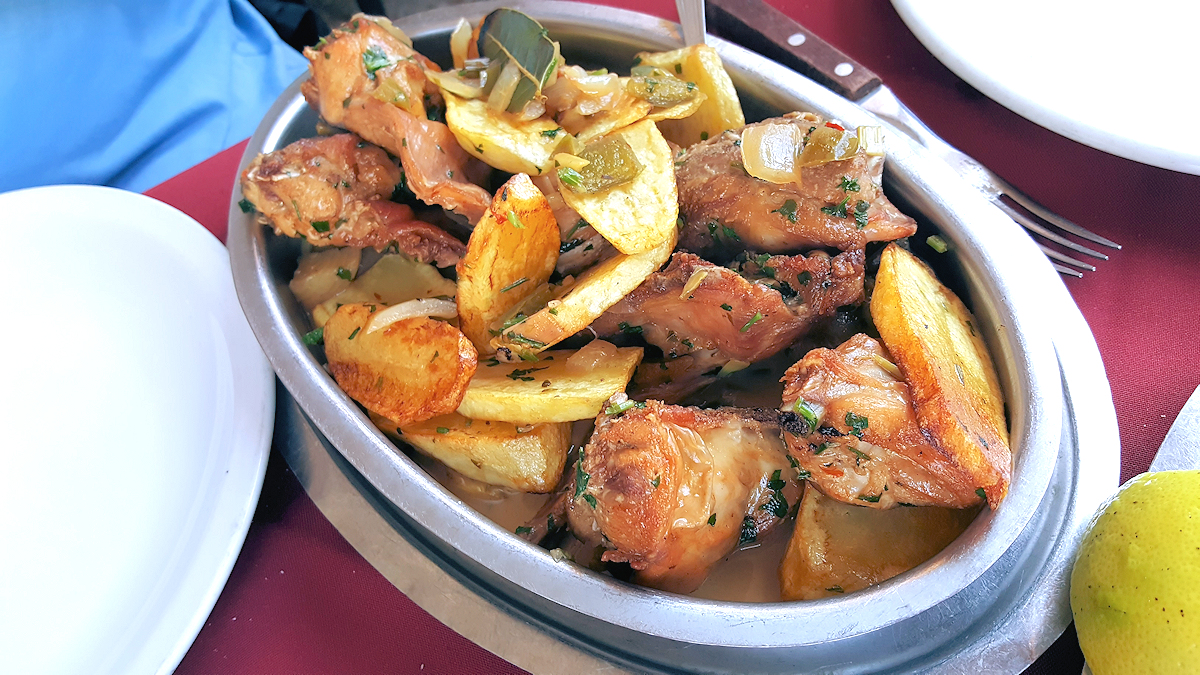
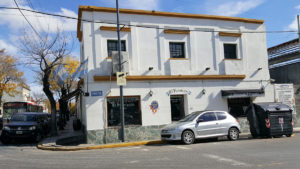
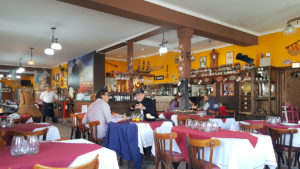
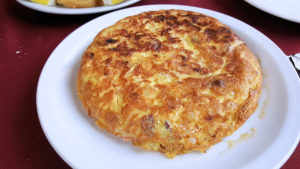
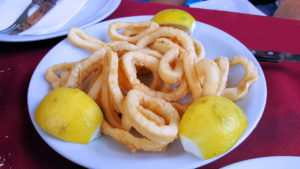
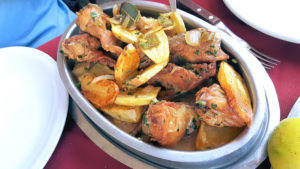
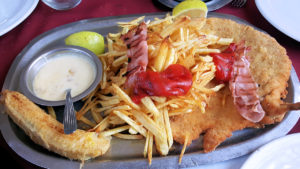
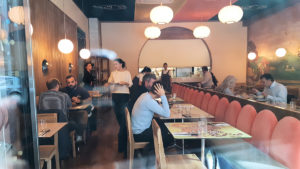
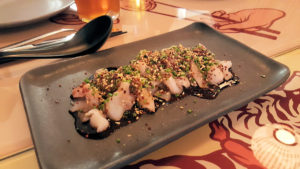
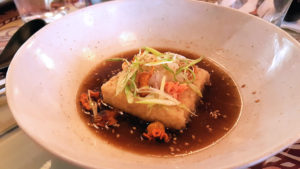
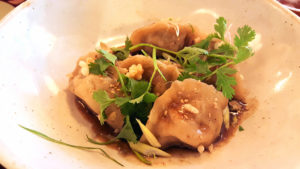
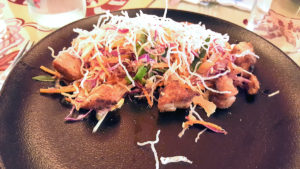
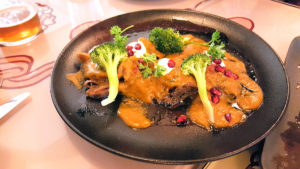
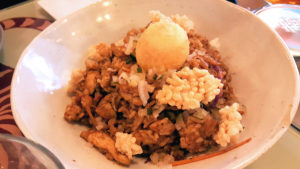

Revisit to Tora in the evening, solo. Tried the rabbit sheng jian bao, or baked-steamed buns filled with rabbit and ginger. Delicious, though perhaps a touch salty – both the filling and the sauce below. The hot sauce was excellent. And, a current seasonal special, roasted bone marrow. Tasty, but a little over-roasted, to the point where about half of the marrow had simply melted away. Nice touch of the fried garlic chips and an excellent chimichurri sauce, a good contrast with the pickled radishes. I didn’t quite get the griddled bao doughs – they lose that lovely sponginess when grilled and flattened like that and kind of come across as dense pancakes. I enjoyed, overall, but not as much as that first lunch visit. Plus, service was very perfunctory, not overly welcoming and quite disorganized. Not sure what was going on, but three waiters didn’t seem to be able to keep track of the mere half dozen tables of customers, a total of about 15 of us, in the room.
[…] concert. The chef behind the place is Maxi Matsumoto, who is also, interestingly, the chef behind Tora, and the Aldo’s restaurants mentioned above, but isn’t, as best I can tell, involved […]